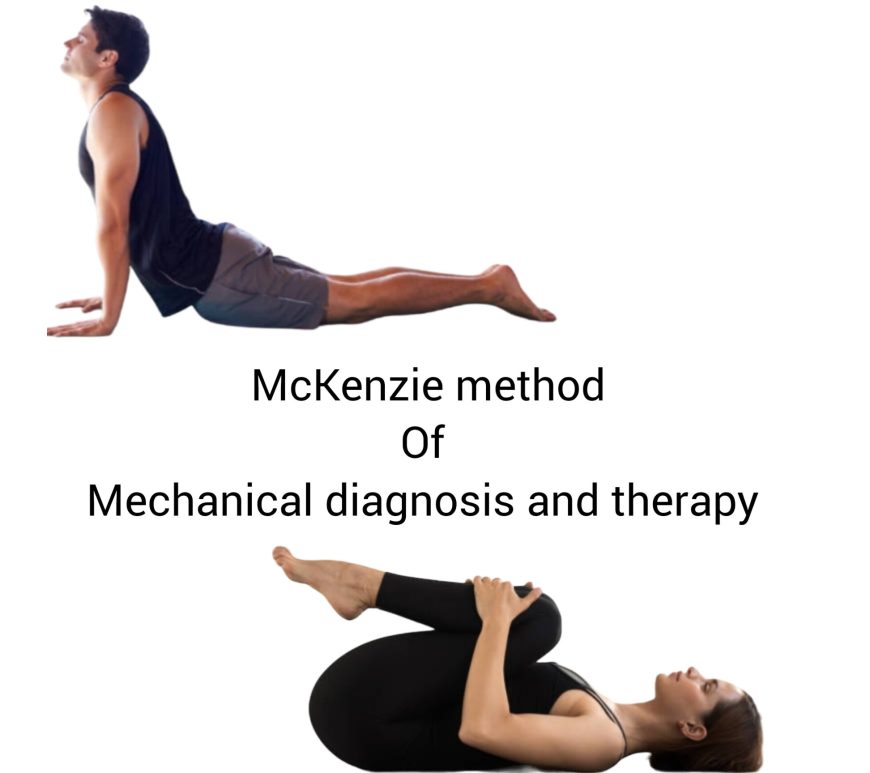
Part 5- Evidence behind McKenzie method of mechanical diagnosis and therapy
In this blog, which is part of a series dedicated to the McKenzie method, I discussed the scientific basis for mechanical diagnosis and therapy for the lumbar spine. The first section of these series dealt with the McKenzie overview approach, the second with evidence regarding evaluation and prognosis, the third with evidence addressing management, and the fourth with research on direction preference and centralization. In … Continue reading Part 5- Evidence behind McKenzie method of mechanical diagnosis and therapy